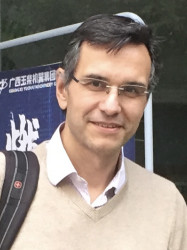BibTex format
@article{Hernández-Muñoz:2022:10.1021/acs.jctc.2c00099,
author = {Hernández-Muñoz, J and Bresme, F and Tarazona, P and Chacón, E},
doi = {10.1021/acs.jctc.2c00099},
journal = {Journal of Chemical Theory and Computation},
pages = {3151--3163},
title = {Bending modulus of lipid membranes from density correlation functions.},
url = {http://dx.doi.org/10.1021/acs.jctc.2c00099},
volume = {18},
year = {2022}
}

